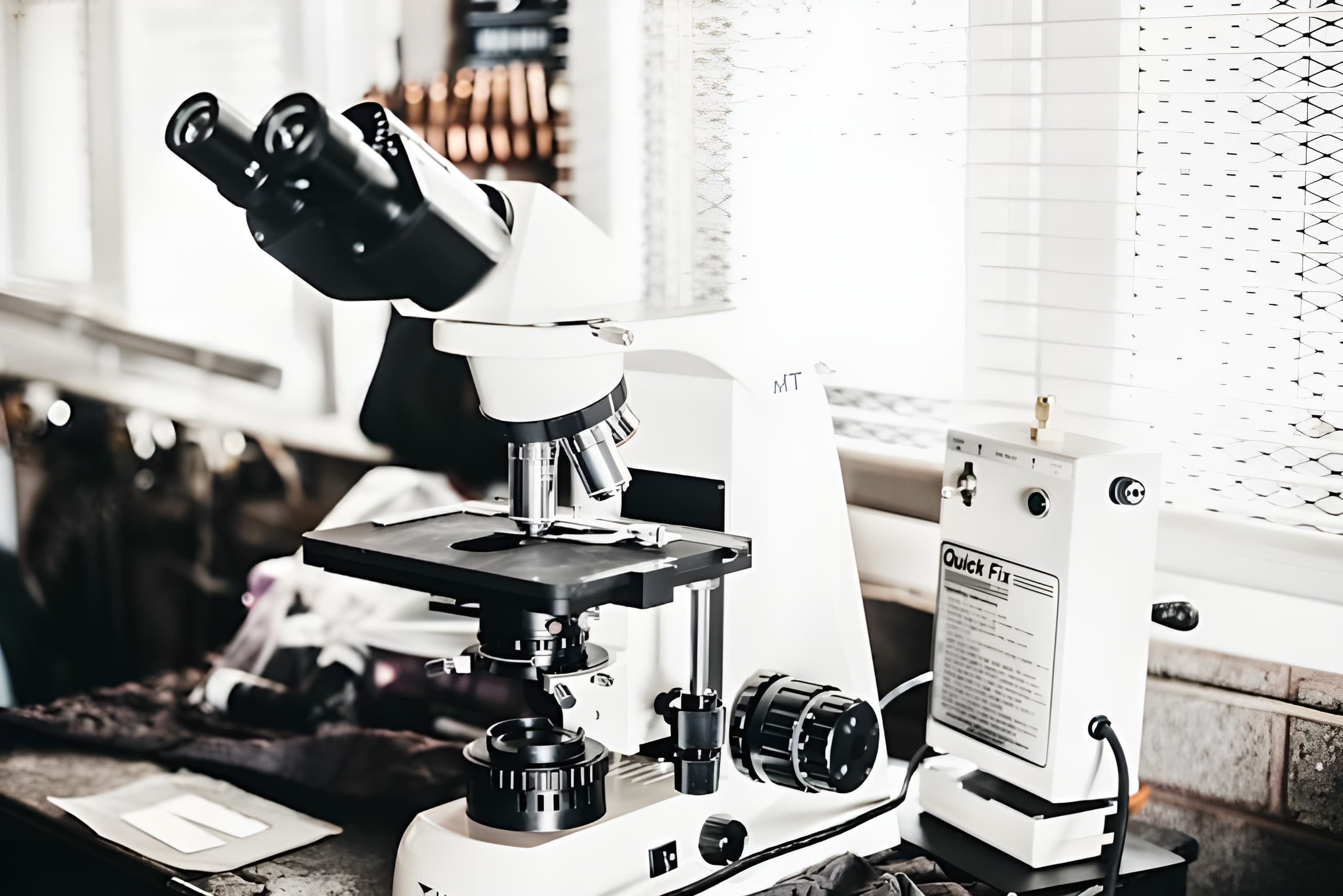




Overview
Our quality control system is designed to enhance laboratory efficiency and accuracy. It provides a comprehensive suite of tools for monitoring and validating test results, ensuring that your laboratory meets the highest standards of quality.
Purpose
Empowering clinical laboratories with advanced quality control monitoring to ensure accurate and reliable test results.
Quality Assurance
Maintaining high standards in laboratory testing through continuous monitoring and statistical analysis.
Clinical Impact
Supporting healthcare decision-making with reliable laboratory data and comprehensive quality metrics.
Data Management
Streamlined organization and tracking of quality control data across multiple laboratory departments.
Performance Monitoring
Real-time tracking and analysis of laboratory performance indicators for optimal operation.
Efficiency Tools
Comprehensive suite of tools designed to simplify quality control processes and enhance workflow.
Available Features
Comprehensive range of features designed to streamline your quality laboratory operations
Westgard Rules
Automated quality control validation with real-time violation detection and statistical process control monitoring.
Interactive Charts
Levey-Jennings charts with dynamic visualizations for trend analysis and control limit calculations.
Test Categories
Comprehensive support for Hematology, Coagulation, and Biochemistry QC analysis.
Analytics Dashboard
Advanced filtering, statistical metrics, and performance tracking for quality control data.
Email Alerts
Automated warning system for immediate notification of quality control violations.
Theme Support
Dark and light mode options for comfortable viewing in any environment.
Frequently Asked Questions
Answers to common questions about our quality control system and its features.
What is Quality Control in Laboratory?
Laboratory Quality Control is a set of procedures designed to monitor and evaluate testing processes to ensure accurate and reliable test results.
What are Westgard Rules?
Westgard Rules are a set of statistical rules used to validate quality control data in clinical laboratories, helping detect both random and systematic errors.
How often should QC be performed?
QC should be performed at least once every 24 hours, before patient testing begins, after major maintenance, or when accuracy of results is questioned.
What is a Levey-Jennings chart?
A Levey-Jennings chart is a graphical tool that plots quality control values over time, helping visualize trends and shifts in laboratory testing processes.
How do I interpret control limits?
Control limits typically represent ±2SD and ±3SD from the mean. Values outside these limits may indicate problems with the testing process.
Can I export my QC data?
Yes, our system allows you to export quality control data in various formats for further analysis or documentation purposes.
Our Team
Meet the experts behind our platform
Leonardo Meireles
Full Stack Developer
Software developer with experience in back-end with Spring Boot Framework, NestJs opinionated Framework and Express.js, Docker for containerization and made deployments easier, Flyaway migrations for reliable database development and ORMs such as Hibernate and TypeORM. In front-end development I have been using Next.js/ReactJs and Tailwind CSS.
Mathew Vieira
Full Stack Developer & Designer
Full Stack Developer with experience in creating efficient, responsive and scalable web applications. I have a solid background in frontend and backend development, with a focus on best practices, performance and code quality I am currently an Information Systems student, with additional skills in digital design, video editing and content creation for social media.
Get in Touch
We're here to help and answer any questions you might have
Phone
+55 (85) 98992-4491
leomeireles55@outlook.com
Address
123 Lab Street, Science City, ST 12345